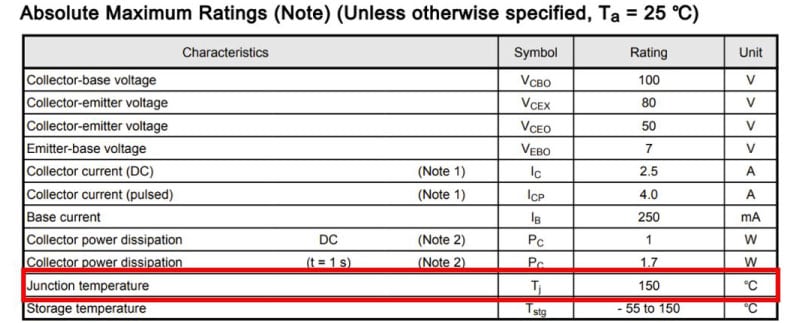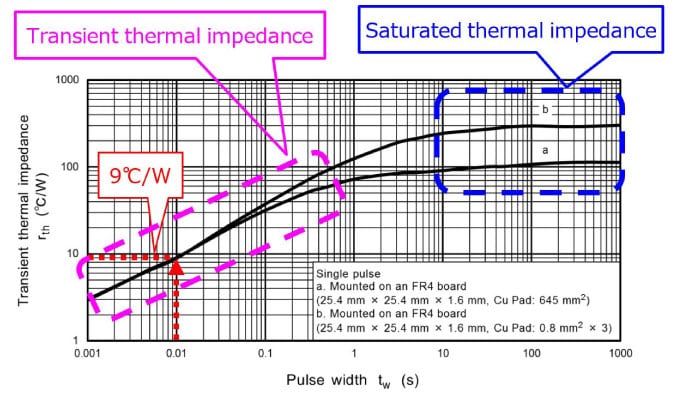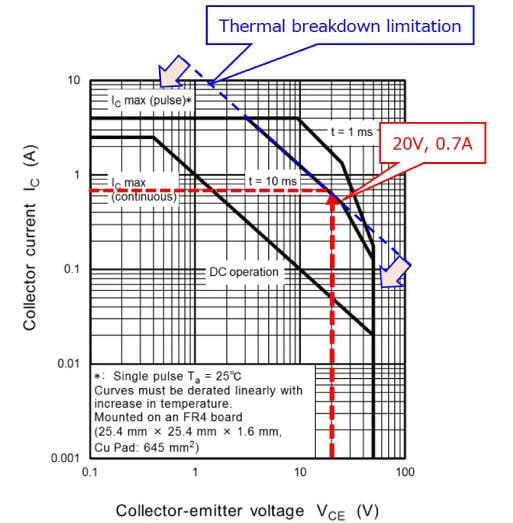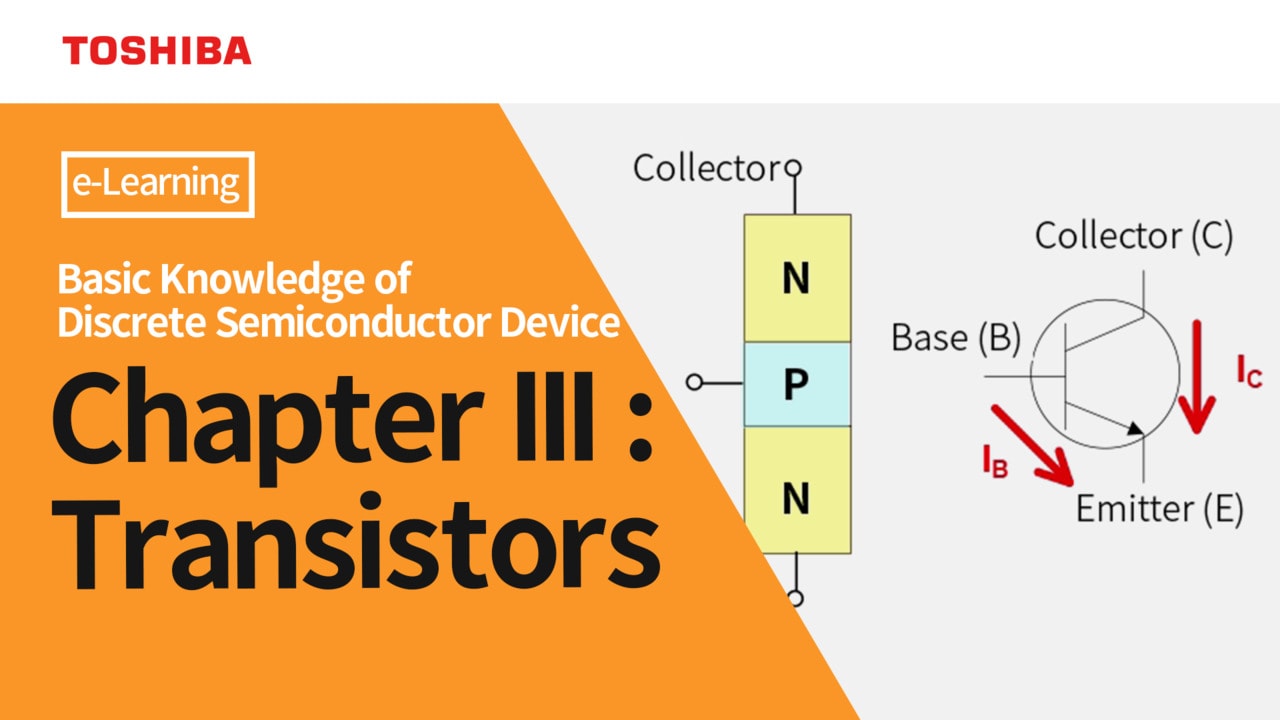- General Top
- SEMICONDUCTOR
- STORAGE
- COMPANY
-
My ToshibaSemicon
- Semiconductor Top
-
ApplicationsAutomotive
Body Electronics
xEV
In-Vehicle Infotainment
Advanced Driver-Assistance Systems (ADAS)
Chassis
IndustrialInfrastructure
BEMS/HEMS
Factory Automation
Commercial Equipment
Consumer/PersonalIoT Equipment
Healthcare
Wearable Device
Mobile
Computer Peripherals
-
ProductsAutomotive Devices
Discrete Semiconductor
Diodes
Transistors
Logic ICs
Analog Devices
Digital Devices
Wireless Devices
※
: Products list (parametric search)
Power SemiconductorsSiC Power Devices
※
: Products list (parametric search)
Isolators/Solid State RelaysPhotocouplers
Digital Isolators
Solid State Relays
Fiber Optic Transmitting Modules
※
: Products list (parametric search)
MOSFETsIGBTs/IEGTsBipolar Transistors※
: Products list (parametric search)
Diodes※
: Products list (parametric search)
MicrocontrollersMotor Driver ICsIntelligent Power ICs※
: Products list (parametric search)
Power Management ICsLinear ICs※
: Products list (parametric search)
General Purpose Logic ICsLinear Image SensorsOther Product ICsOther Product ICs
※
: Products list (parametric search)
-
Design & Development
-
Knowledge
- Where To Buy
- Part Number & Keyword Search
- Cross Reference Search
- Parametric Search
- Stock Check & Purchase
This webpage doesn't work with Internet Explorer. Please use the latest version of Google Chrome, Microsoft Edge, Mozilla Firefox or Safari.
require 3 characters or more. Search for multiple part numbers fromhere.
The information presented in this cross reference is based on TOSHIBA's selection criteria and should be treated as a suggestion only. Please carefully review the latest versions of all relevant information on the TOSHIBA products, including without limitation data sheets and validate all operating parameters of the TOSHIBA products to ensure that the suggested TOSHIBA products are truly compatible with your design and application.Please note that this cross reference is based on TOSHIBA's estimate of compatibility with other manufacturers' products, based on other manufacturers' published data, at the time the data was collected.TOSHIBA is not responsible for any incorrect or incomplete information. Information is subject to change at any time without notice.
require 3 characters or more.
What is the relationship between transient thermal impedance and safe operating area of bipolar transistors?
Thermal resistance is calculated as a rate of change of temperature caused by a single pulse application with respect to power dissipation. Transient thermal Impedance is a response of a device to a single pulse expressed in terms of the pulse duration. The thermally limited region of the SOA is calculated based on transient thermal resistance.
When a current flows through the junction of a semiconductor, the temperature of the junction rises due to the power consumed at the junction. If an excessive current flows, it will deteriorate and break down due to the temperature. For this reason, the junction temperature is specified in the absolute maximum rating of the product data sheet. (Table. 1)
Applying a direct current to a pn junction generates heat. This heat is radiated to the substrate and air via the heat sink, package surface, and leads. As a result, the temperature of the junction begins to rise immediately after the current is applied, but it saturates at a certain temperature.
The value obtained by dividing the temperature change by the applied power is the thermal resistance, which indicates the difficulty of heat transfer. When saturated, this value is called saturated thermal resistance (thermal resistance), and the transient value when there is a change is called transient thermal resistance (transient thermal impedance). Fig. 1 is a graph of transient thermal resistance when instantaneous pulse power is applied. Using this, the junction temperature when an instantaneous pulse is applied can be obtained. It can also be used to estimate a rise in junction temperature caused by the application of continuous pulse power.
For details, see the Bipolar Transistor Application Note: Thermal Stability and Thermal Design.


The relationship between junction temperature and the SOA (Safe Operating Area) is shown below.
Tj(max) = rth(j-c) × Po + Ta
From Fig. 1, when the pulse width is 10 ms, The transient thermal resistance is read as:
rth(j-c) = 9 ℃ / W
The peak power that provides the maximum junction temperature (Tj(max)) is calculated as:
150 ℃= 9 ℃ / W*Po + 25 ℃
Po = 125 / 9 = 14 W
For example, when VCE = 80 V, the allowable current when VCE = 20 V is calculated as:
14 / 20 = 0.7 A
Therefore, in the SOA graph shown in Fig. 2, the region limited by transient thermal resistance is the area bound by a blue dashed line. Bipolar transistors must be used within the region bound by this dashed line so that their junction temperature will not exceed the specified Tj(max).
The SOA region limited by transient thermal resistance is indicated as a thermal breakdown limitation.

Related Links
The following documents also contain related information:



